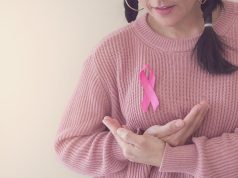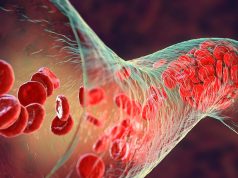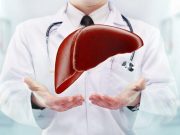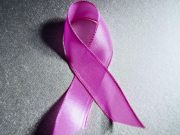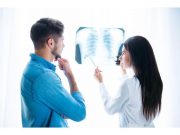3 Percent of U.S. Cancer Cases Attributable to Physical Inactivity
Population-attributable fraction varied from 3.9 percent for urinary bladder cancer to 16.9 percent for stomach cancer
Quitting at Younger Age Cuts Most Smoking-Associated Cancer Mortality Risk
Starting to smoke at any age linked to increased cancer mortality rate ratio, with increased rate ratio for starting at younger age
Depression May Worsen Survival in Advanced Non-Small Cell Lung Cancer
Two-year trajectory of depression symptoms significantly linked to cancer survival; association for anxiety not significant
Fibrosis Stages F3, F4 in NAFLD Linked to Higher Mortality Risk
Incidence of all-cause mortality increased with increasing fibrosis stage; increase also seen in liver-related complications
Cigarette Sales Increased During COVID-19 Pandemic
Estimated difference between observed and expected cigarette sales indicated monthly excess of 0.34 packs/capita
Patient Satisfaction High With Telemedicine in Radiation Oncology
No difference seen in satisfaction scores between office and telemedicine consultations for routine radiation oncology practice
Mixed Results Seen With eHealth Program for Cancer Survivors
Those with moderate-to-high engagement in text/web intervention showed greater self-efficacy for managing cancer-related issues
Eating Nuts May Cut Recurrence in Breast Cancer Survivors
Compared with no nut intake, higher nut intake linked to improved disease-free survival in long-term breast cancer survivors
AI Model Helps Triage Breast MRIs in Women With Dense Breasts
Deep learning model dismissed 39.7 percent of MRI examinations without lesions from women with extremely dense breasts
Revised Guidelines Perpetuate Disparities in Lung Cancer Screening
In newly revised USPSTF guidelines, African American and Hispanic individuals continue to be less likely to be eligible for lung cancer screening



